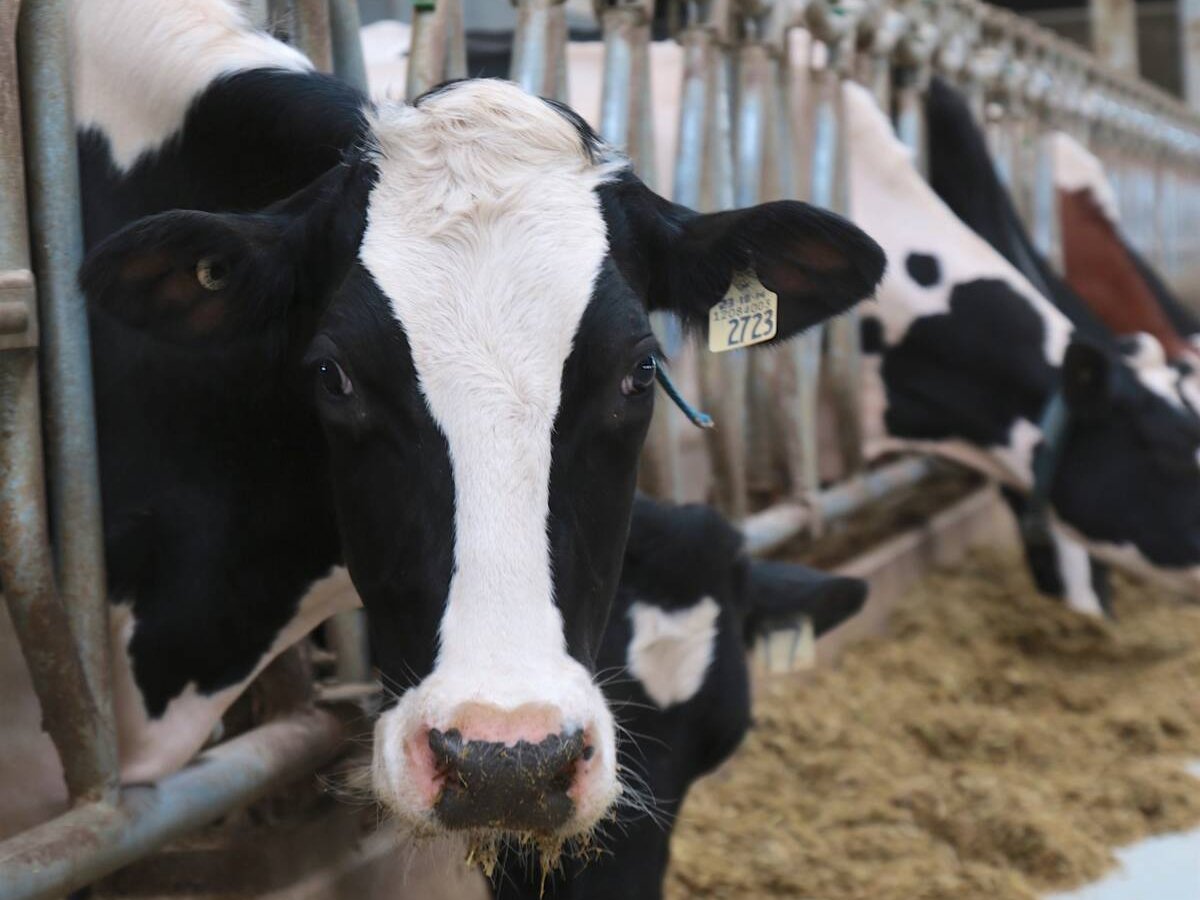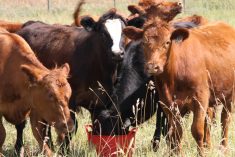OLDS, Alta. – In some circles, sewing is a dying art.
That is not the case for students in the Olds College fashion program.
In the two-year course, students learn sewing skills, pattern design,
drafting, textiles and business planning to prepare them for a job in
the fashion world.
For many young people entering the program at the agricultural school,
the course is harder and more intense than they expected. Yet few give
up.
“It’s harder than I thought it would be. It’s very time consuming,”
Read Also

The Organization for Economic Co-operation and Development lauds Canada’s low farm subsidies, criticizes supply management
The Organization for Economic Co-operation and Development lauded Canada’s low farm subsidies, criticized supply management in its global survey of farm support programs.
said Anna Calef, who came from Yorkton, Sask., with dreams of becoming
a women’s fashion designer.
Students carry a full course load and have numerous projects to
complete in addition to academic studies. That means pulling
all-nighters in front of the machine to complete blouses, skirts,
tailored coats and other garments.
“I’m usually sewing until midnight,” said Calef.
She learned to sew in junior high school, but her senior high school
did not offer a fashion program so she learned some techniques at home
with her mother.
“I didn’t really know much about sewing before I came here.”
Calef is learning design, sewing and safety on the job. Speeding
through an assignment, she sewed through her index finger. With help
from paramedics, she was free 20 minutes later.
First year student Katrina Holmquist of Calgary wants a part-time home
sewing business. She has been sewing since the fourth grade when she
took private lessons. Her high school offered a fashion program but it
did not offer all the courses she wanted.
Being able to sew is an asset but the entry level of expertise varies.
During the first year, the class is brought up to the same level so
that by the time students enter the second year of the program, they
are ready for tailoring and more complicated garments.
“We recommend that they come in with average sewing skills but it
depends on where they are coming from. Some high schools offer a lot of
opportunities and offer fashion studies,” said Switzer.
Second-year students face more pressure and are expected to produce a
higher level of design and workmanship.
During March and April they run an alterations shop on campus to help
students learn business management. Demands run from hemming trousers
and replacing zippers, to designing, sewing and altering evening gowns.
Being close to Calgary and Edmonton provides the advantage of a large
market of wealthy customers who want custom made, unique garments.
There is a demand for bridal wear, tailored suits and custom sewing,
said program co-ordinator Lori Switzer.
“It’s a growing industry in Alberta,” said Switzer.
“There is a real demand for people who can produce one-of-a-kind
pieces.”
The college is affiliated with the Association of Sewn Alberta Products
that promotes the fashion industry. Jobs can be found as custom
seamstresses and tailors, designers, and in the film industry as
wardrobe stylists.
The course is not for women only. This year is the first time without
men in the class. Graduates include Thomas Lynch of Calgary who designs
and tailors high end, custom made men’s suits.
Some enter the program hoping to move into the high fashion world.
Switzer prefers a more practical approach.
“We try to make it clear that we don’t concentrate in our program on
design in the artsy sense of it,” she said.
This year there are 21 first year students who work at individual
stations complete with a sewing machine, serger and swing out ironing
board. The Singer sewing machine company donated a full range of new
equipment this year.
The program is nearly as old as the 89-year-old college. It started as
a home economics program and finally merged into a fashion course.
In 1994, the college went through major changes and there were rumours
the course would be dropped. Demand kept it going.
Tuition is $3,700 per year and students are responsible for their own
supplies.















